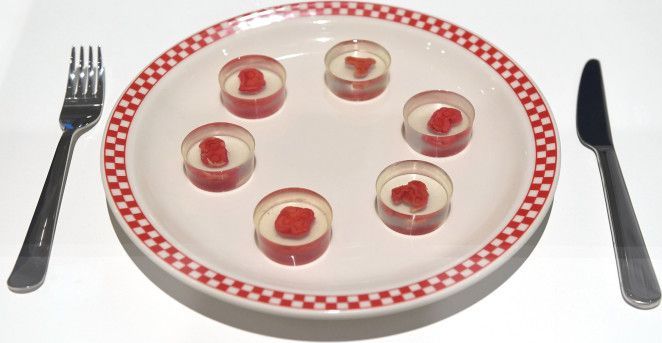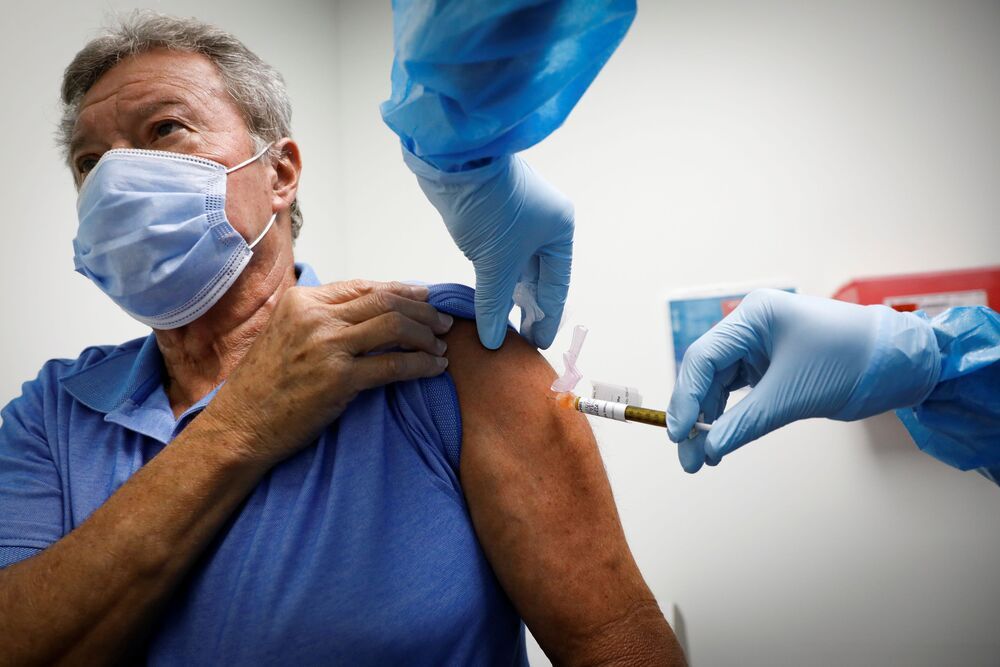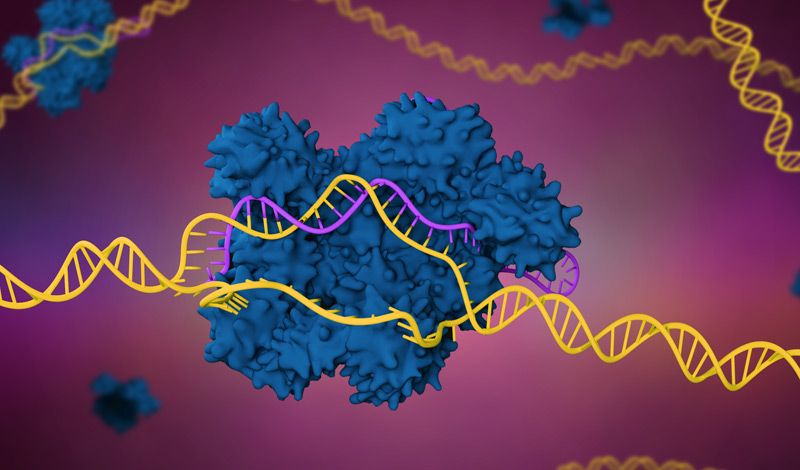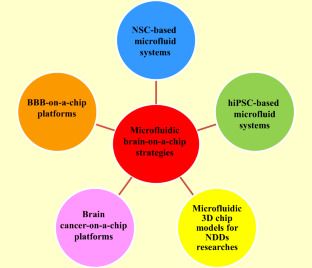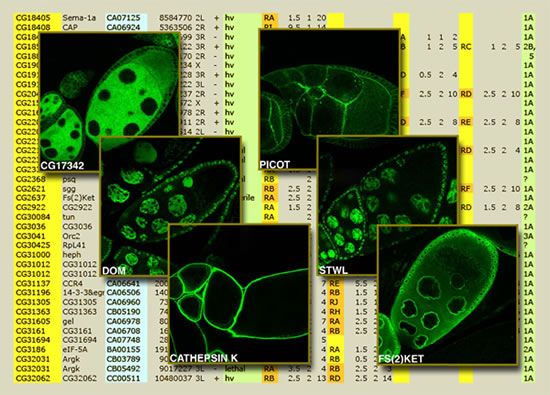And, of course, there is patriarchy. In some parts of the world, women have no control over their health. It is the men – fathers, husbands and uncles – who decide what treatment “their” women receive. Humanitarians have seen men refuse emergency caesareans for their wives. They have also seen them refuse vaccinations for women whose bodies they effectively control.
The Oxford-AstraZeneca vaccine has launched the world on a pro-poor route to fair global vaccination against COVID-19. This is wonderful news. Now we need to address the challenges of a pro-poor roll-out. A major part of this must involve all States getting behind the COVAX effort to ensure fair global access to COVID-19 vaccination tools. It is good to see the UK co-leading on this with others.
